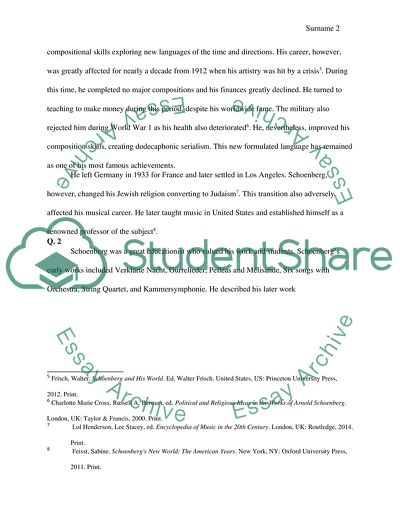Cite this document
(Aaron Schoenberg and his Work Essay Example | Topics and Well Written Essays - 1750 words, n.d.)
Aaron Schoenberg and his Work Essay Example | Topics and Well Written Essays - 1750 words. https://studentshare.org/music/1811366-aaron-schoenberg-and-his-works
Aaron Schoenberg and his Work Essay Example | Topics and Well Written Essays - 1750 words. https://studentshare.org/music/1811366-aaron-schoenberg-and-his-works
(Aaron Schoenberg and His Work Essay Example | Topics and Well Written Essays - 1750 Words)
Aaron Schoenberg and His Work Essay Example | Topics and Well Written Essays - 1750 Words. https://studentshare.org/music/1811366-aaron-schoenberg-and-his-works.
Aaron Schoenberg and His Work Essay Example | Topics and Well Written Essays - 1750 Words. https://studentshare.org/music/1811366-aaron-schoenberg-and-his-works.
“Aaron Schoenberg and His Work Essay Example | Topics and Well Written Essays - 1750 Words”. https://studentshare.org/music/1811366-aaron-schoenberg-and-his-works.


